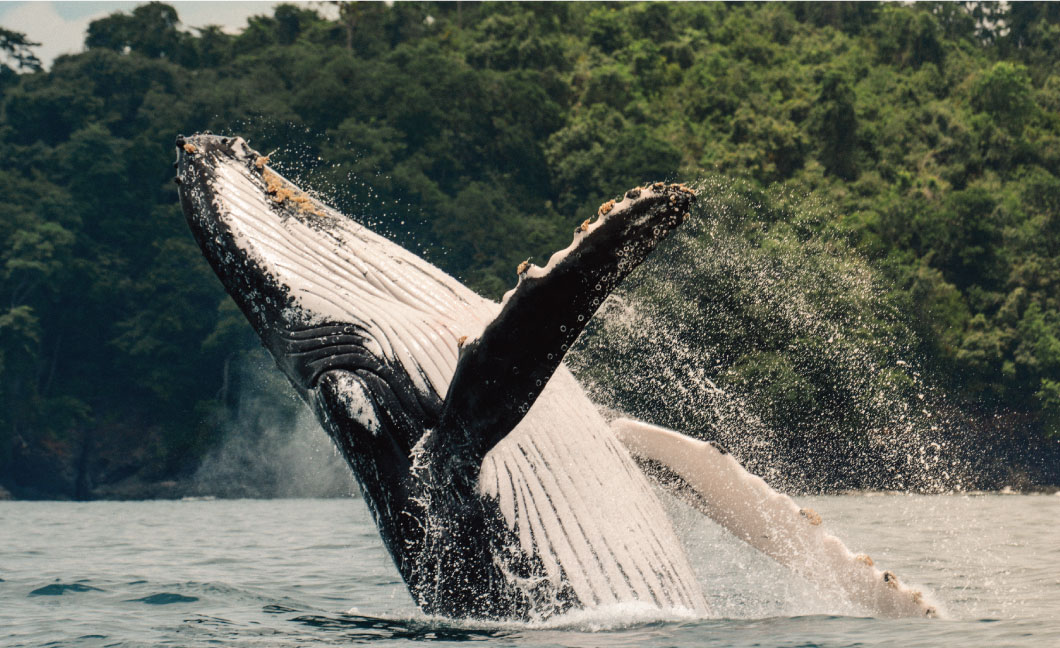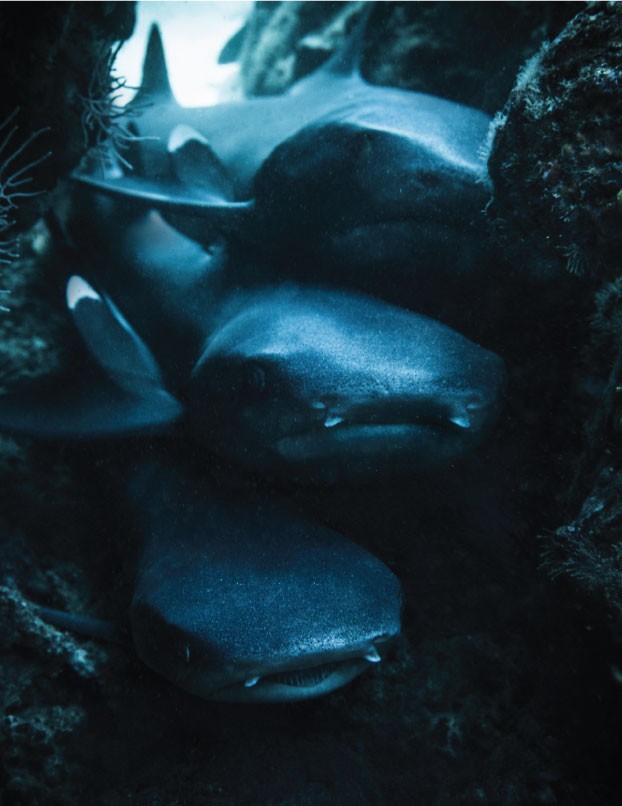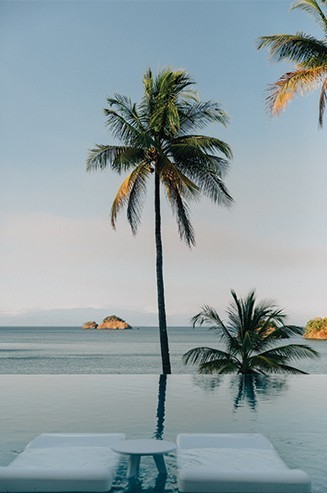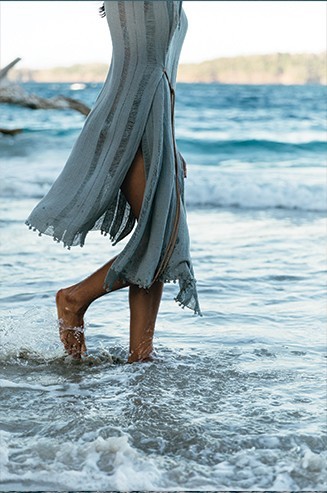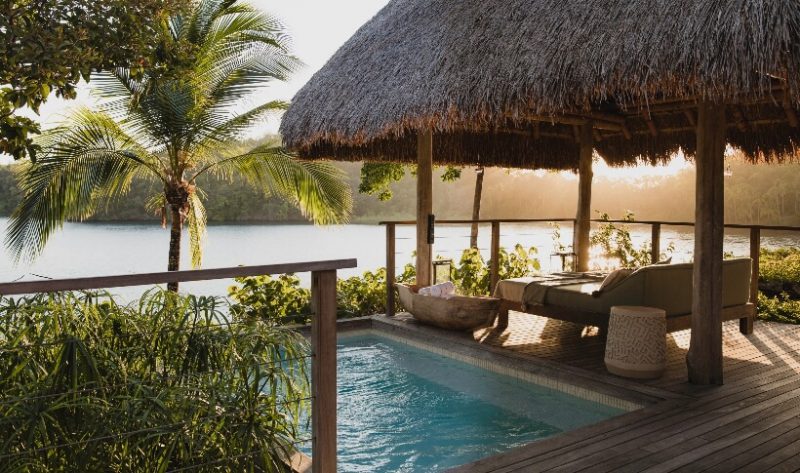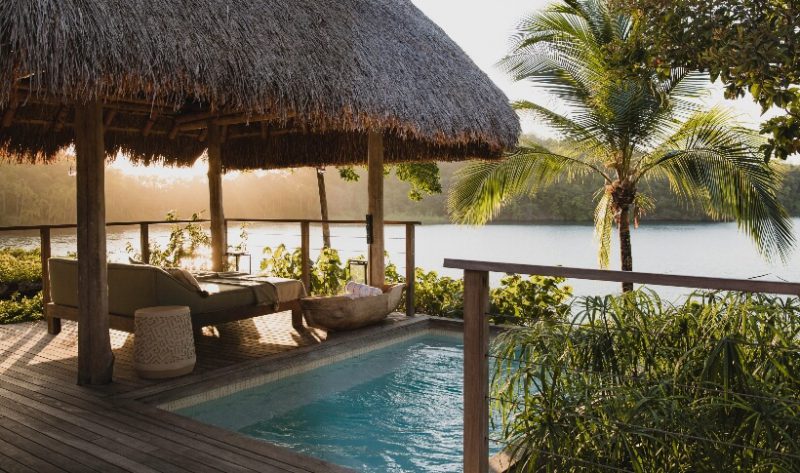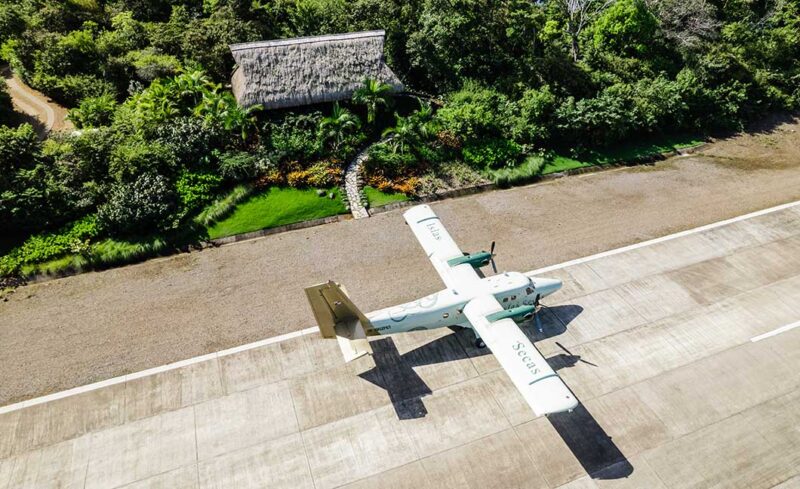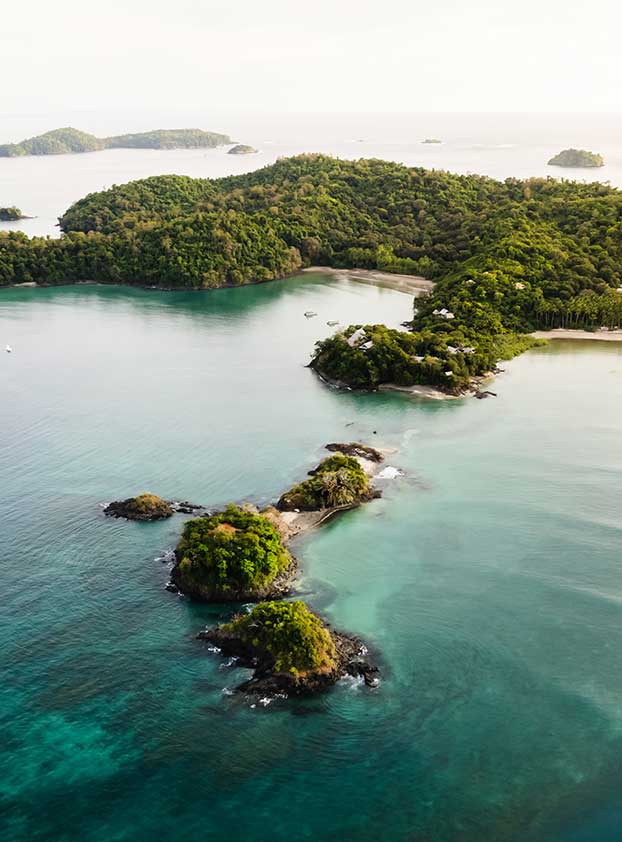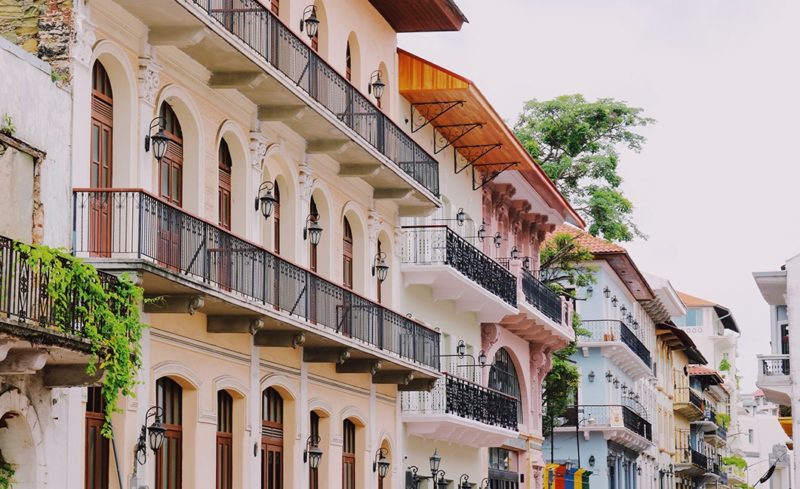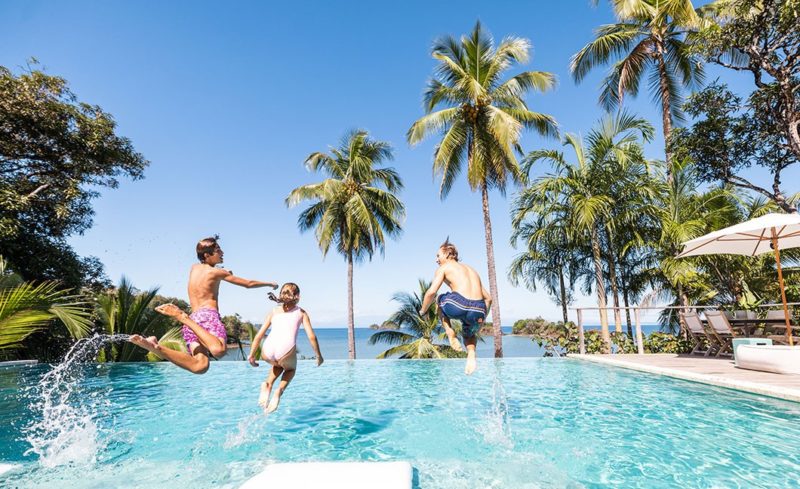5 Reasons Why Islas Secas has the Best Scuba Diving in Panama
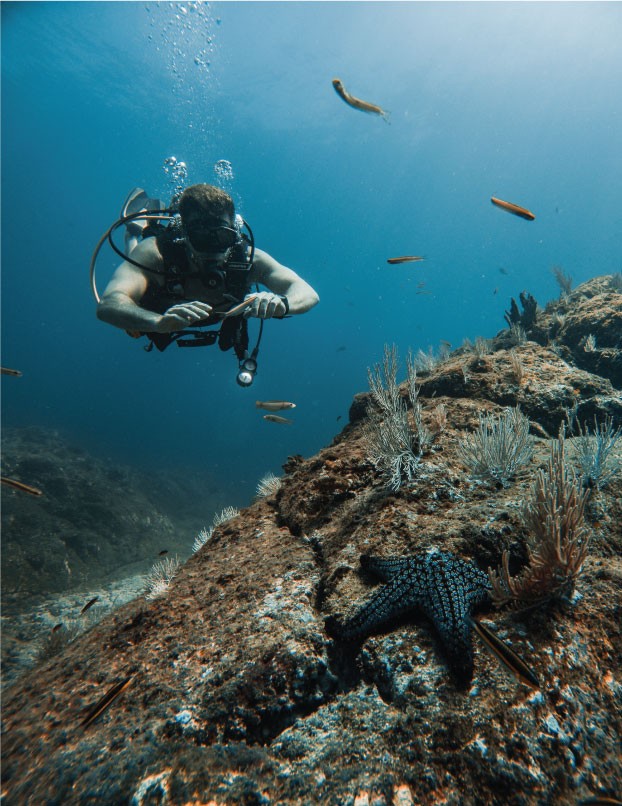
All your scuba dives at Islas Secas are included in your stay – yes, even PADI courses – but did you know that scuba diving in Panama also offers some of the most spectacular dives on the planet? Here’s why…
1. It’s All About Geography
The luxury dive resort of Islas Secas shimmers in the waters of the Eastern Tropical Pacific (ETP), a remote corner of the ocean that just happens to be one of the richest, most productive regions in the world. A combination of factors – the Humboldt current, the undulating seabed, the numerous seamounts and oceanic islands – create cold water upwellings teeming with nutrients, which in turn attract a mesmerizing variety of marine life. That’s why Islas Secas has hands down the best scuba diving in Panama.

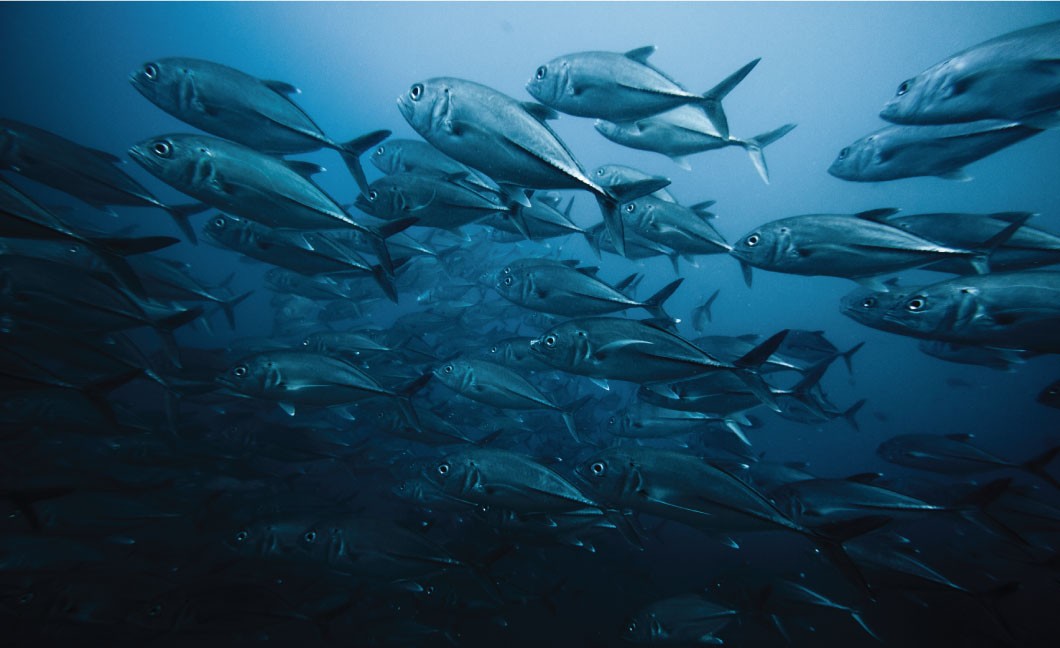
2. Truly, Madly, Deeply
Everything happens on a grander scale here. The ocean is colder, deeper and less salty than the Caribbean, while the twice-daily tides are extreme and the currents at times strong. There are underwater mountains covered in sea fans and soft corals, 100-foot vertical drop-offs, towering seamounts and mysterious cave formations. It all adds up to excellent visibility, adrenaline-pumping drift dives and upswells swarming with schools of fish – in other words, the best scuba diving experience in Panama.
3. Size Matters
The Gulf of Chiriquí is dotted with volcanic islands, including Islas Secas, creating stepping stones for migrating wildlife. As a biodiversity hotspot, this means there’s plenty of food for everyone. Compared to the Caribbean, for example, diving here reveals very large species in very large numbers. From big schools of snapper to passing pelagics, such as manta rays, tuna, marlins and even sailfish, every dive is different, and every dive is spectacular.

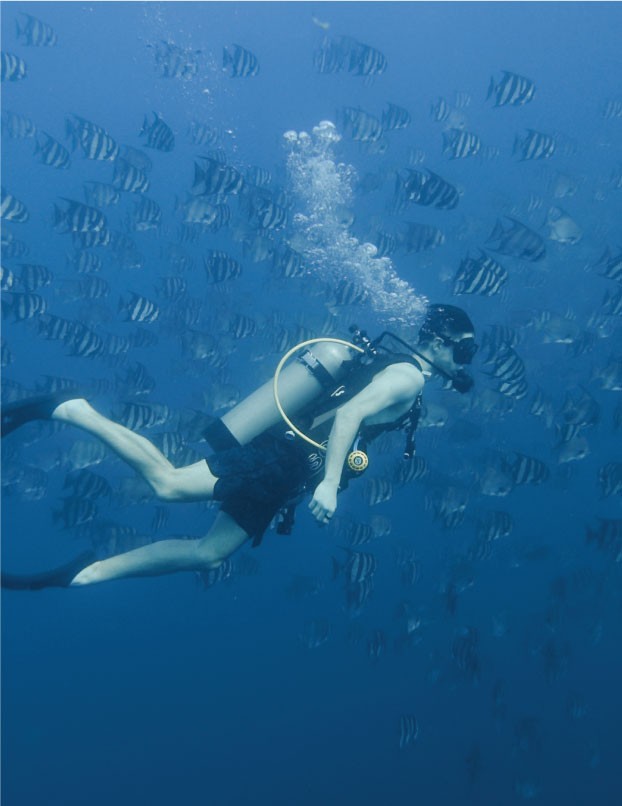
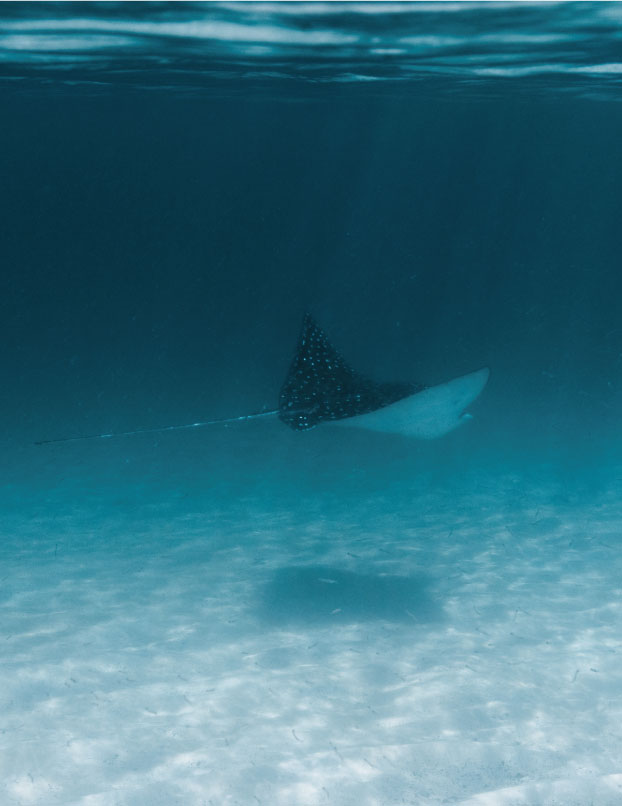
4. A Kaleidoscope of Colors
The Gulf of Chiriquí is home to the largest coral reef formation in the ETP, supporting 166 species of fish. Think swimming through a rainbow of species – snappers, jacks, barracudas, butterfly fish, parrot fish, angelfish… the list goes on. Moray eels poke their heads out of crevices, starfish add pops of color to the seabed, and the reef produces a particularly entertaining chirping sound, created by millions of trapezia crabs living within the coral colonies.
5. The World’s Best Marine Safari
These rich waters are home not just to turtles and sharks, both of which you’ll see regularly on dives, but they host two separate groups of migrating humpback whales. At any time of year, you’re likely to spot hawksbill, olive ridleys, and green turtles, as well as white-tip reef sharks and nurse sharks, while whales visit in their greatest numbers from July to September, their songs livening up most dives during the season. You might also spot large schools of migrating rays, while enormous 40-ft whale sharks pass through here in April. You’ll even spot dolphins on your boat trip to your dive.
